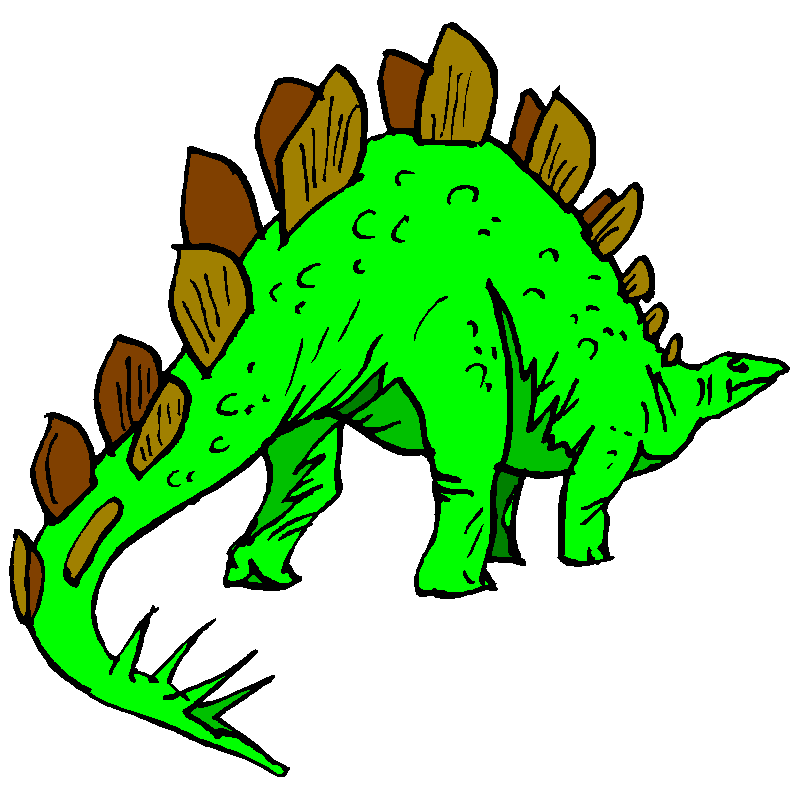| |||
steganosauruslike a russian nesting doll, but a nested colorado stegosaurus, a steganosaurus.
one time a thing occurred to me, what's real and what's for sale? blew a kiss and tried to take it home. well, no... those are lyrics to the stone temple pilots song "vaseline". though, one time a thing did occur to me, what if one applied the concept of a matryoshka doll to steganography? so... what if? this is if... err, it. instead of a russian nesting doll, it's a colorado nesting stegosaurus stegosaurus + steganography = steganosaurus fun fact: the stegosaurus is the state fossil of colorado image file formats like jpeg and png the process to make this "colorado nesting stegosaurus" was simple. first, i took the 400x400 pixel image and the base64 encoding of the 200x200 pixel image (as a text file) and copied them into a new image using the windows copy command: copy /b [400x400 pixel image] + [base64 encoded 200x200 pixel image] [new image] next, i took the 600x600 pixel image and the base64 encoding of the "new image" (as a text file). rinse and repeat until finally, the base64 encoded ("new") image (as a text file) is copied with the 800x800 pixel image. by base64 decoding the "junk data" in the final 800x800 pixel image, you get a 600x600 pixel image, and so on and so forth. thus, there you have it, nested images of a stegosaurus using steganography... a steganosaurus. | |||
|
©mmxvii ickis, ickis@nerpter77.com |
